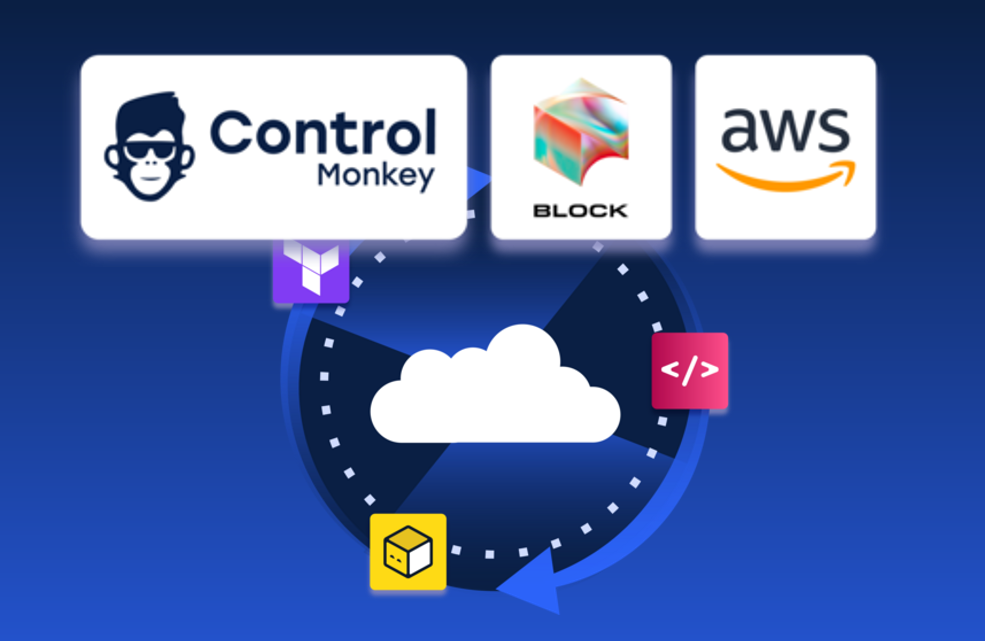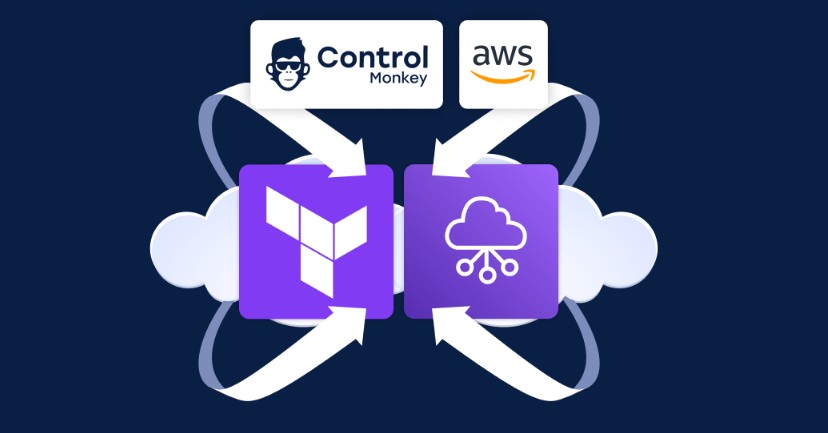Can You Actually Recover from a Cloud Disaster? Block & AWS Show How
Enterprises actually bounce back from disaster in the cloud—beyond just restoring data.In May 2025, leaders from AWS, Block (Cash App), and ControlMonkey met to share lessons. They discussed how to build cloud resilience beyond just disaster recovery.
What sparked the conversation? A series of infrastructure failures showed how vulnerable even experienced cloud teams can be. This happens when they depend only on backups or use fragmented IaC.The panel unpacked what happened—and more importantly, what they did next.
What They Learned
1. Cloud DR Isn’t Just About Data
“Most teams don’t realize their DR plan is blind to configuration. They only think about restoring databases.”
—Aharon Twizer, CEO of ControlMonkey
Most disaster recovery plans focus on restoring data. However, cloud resilience needs to recover everything else. This includes IAM roles, route tables, networking, service mesh, and more.
When Block’s platform team analyzed their coverage, they found thousands of resources with no recovery path. Some had been manually provisioned years ago—outside Git, outside Terraform, and completely invisible.
2. Visibility Is the Foundation of Recovery
“The most dangerous thing in cloud is the unknown unknown.”
—Ben, Platform Engineering Tech Lead, Block
Block began their journey with a single question: “What in our cloud is actually managed by code?”
Using ControlMonkey, they were able to:
- Run a 100% automated assessment of their AWS accounts
- Uncover shadow resources with no IaC coverage
- Build a repeatable recovery plan using daily Terraform-based snapshots
Within weeks, Block had a full DR backup of production and staging. One engineer stood up the solution.
3. Resilience Is a Continuous Lifecycle
“You don’t implement resilience. You grow it.”
—Dustin Ellis, AWS Solutions Architect
AWS highlighted its Resilience Lifecycle Framework, which encourages teams to:
- Set clear RTO/RPO objectives
- Design architectures with failure in mind
- Run chaos game days and tabletop simulations
- Continuously test, monitor, and improve
TL;DR – 5-Second Takeaways
- Backups ≠ Resilience: If you can’t rebuild infra config, you’re still at risk
- IaC is the recovery layer: Terraform is more than automation—it’s resilience infrastructure
- ControlMonkey closes the gap: Drift detection, IaC mapping, daily config snapshots
- Block got results fast: Full DR coverage in weeks, by one engineer
- Don’t wait for a SEV: Build resilience before something breaks
🎥 Watch the Full Webinar On-Demand
Learn how AWS, Block, and ControlMonkey improved their disaster recovery strategy after a failure. They found that IaC visibility was the key to their success.
▶️ Watch Now

A 30-min meeting will save your team 1000s of hours
A 30-min meeting will save your team 1000s of hours
Book Intro Call
Sounds Interesting?
Request a Demo




